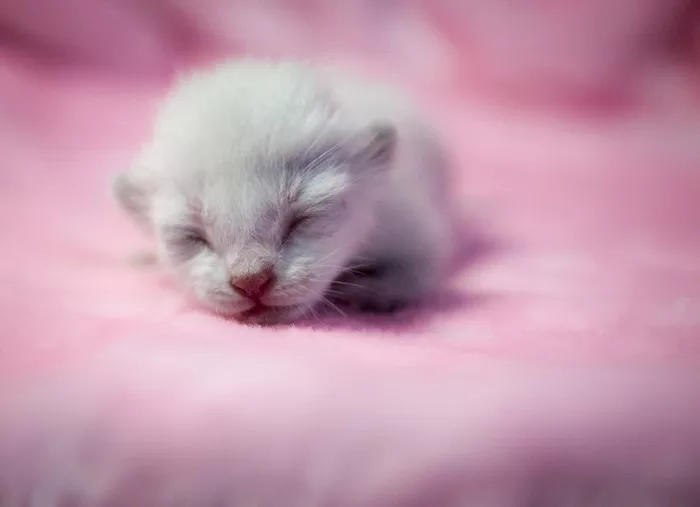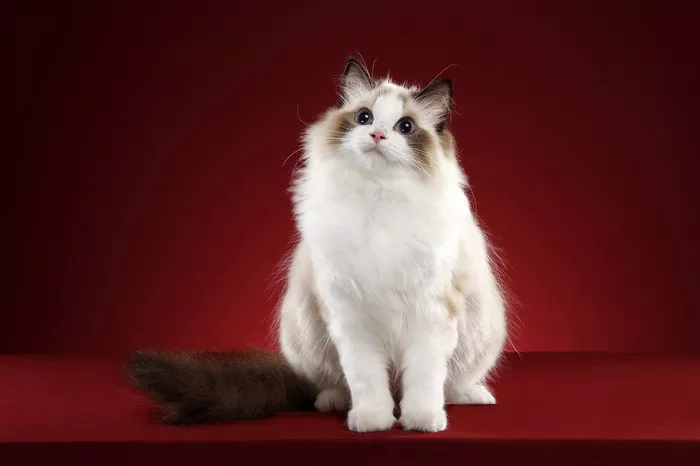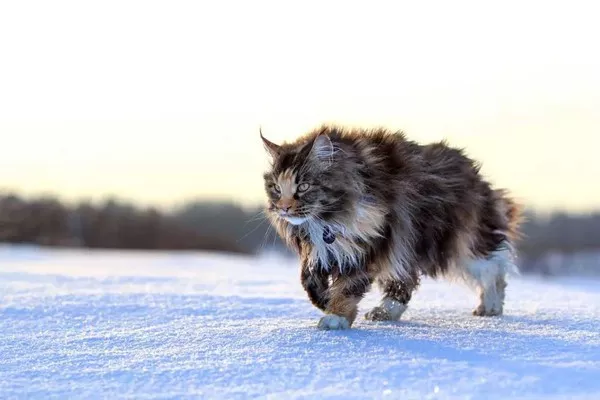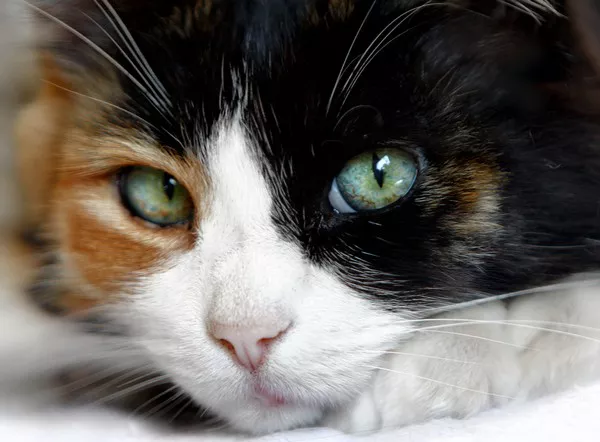As a cat owner, it’s not uncommon to find yourself sharing a quiet moment with your feline companion, contemplating whether to share a morsel of your food. While the idea of treating your cat to a taste of your culinary creations may be tempting, it’s essential to be mindful of what is safe and what is off-limits for your feline friend. In this comprehensive guide, we will explore the list of human foods that cats can and can’t eat, ensuring that every shared moment is a delightful and safe experience for both you and your beloved pet.
Understanding Feline Nutrition
Before delving into the specific foods, it’s crucial to understand the dietary needs of cats. Cats are obligate carnivores, meaning their diet primarily consists of meat. Unlike omnivores, cats have specific nutritional requirements that are best met through a diet rich in animal protein. While cats can enjoy certain human foods in moderation, it’s essential to prioritize their specialized nutritional needs.
Foods Cats Can Eat in Moderation
Cooked Meat:
Cats can benefit from cooked meats like chicken, turkey, and lean beef. These protein sources align with their carnivorous nature. However, it’s crucial to ensure that the meat is boneless, skinless, and free from seasonings or additives.
Fish:
Fish, such as salmon and tuna, can be a part of a cat’s diet. However, moderation is key due to the potential presence of mercury. Cooked fish without added spices or oils is a safer option.
Eggs:
Eggs, whether scrambled or boiled, can provide a protein boost for cats. Ensure that the eggs are cooked thoroughly, and there are no additives like salt or seasoning.
See Also: Can Cats Have Eggs? Everything You Need To Know
Catnip:
Catnip is a safe and enjoyable treat for many cats. It can be sprinkled on scratching posts or toys, providing a playful and stimulating experience.
Plain Rice or Pasta:
Plain, cooked rice or pasta can be a bland addition to a cat’s diet if they have an upset stomach. However, these should be secondary to their primary diet.
Certain Fruits:
Small amounts of certain fruits like blueberries, melon, or apple slices can be given as occasional treats. Remove seeds and pits to avoid any choking hazards.
Vegetables:
Some cats may enjoy small amounts of cooked vegetables like carrots or green beans. However, vegetables should not replace the protein-rich core of their diet.
Small Amounts of Cheese:
While many cats are lactose intolerant, small amounts of certain types of cheese may be tolerated. Monitor your cat for any signs of digestive discomfort.
Foods Cats Can’t Eat
Chocolate:
Chocolate contains theobromine, a substance that is toxic to cats. Ingesting chocolate can lead to various health issues, including vomiting, diarrhea, and, in severe cases, seizures.
Caffeine:
Caffeine, found in coffee, tea, and some sodas, is harmful to cats. It can cause restlessness, increased heart rate, and, in extreme cases, caffeine toxicity.
Onions and Garlic:
Onions and garlic, whether raw, cooked, or powdered, can cause damage to a cat’s red blood cells, leading to anemia. Avoid feeding them foods seasoned with these ingredients.
Alcohol:
Alcohol consumption is extremely dangerous for cats and can lead to severe health issues, including liver damage and respiratory failure. Keep all alcoholic beverages out of reach.
Grapes and Raisins:
Grapes and raisins can cause kidney failure in cats. Even small amounts can be harmful, so it’s best to keep these foods away from your feline friend.
Bones:
While some meats are safe for cats, bones can pose a choking hazard or cause intestinal blockages. Always remove bones before sharing meat with your cat.
High-Fat Foods:
Foods high in fat, like fatty cuts of meat or fried items, can lead to digestive upset, including vomiting and diarrhea. Stick to lean protein sources.
Dairy (in Lactose-Intolerant Cats):
Many adult cats are lactose intolerant, meaning they lack the enzyme needed to properly digest lactose in dairy products. Feeding dairy can result in digestive issues.
Ensuring Safe Sharing Practices
While the aforementioned lists provide general guidelines, it’s crucial to recognize that individual cats may react differently to certain foods. Here are additional tips to ensure safe sharing practices:
Consult Your Veterinarian:
Before introducing new foods into your cat’s diet, consult with your veterinarian. They can provide personalized advice based on your cat’s age, health, and dietary needs.
Monitor Portion Sizes:
When sharing human foods with your cat, keep portions small. Treats should complement their primary diet, not replace it.
Watch for Allergic Reactions:
Be vigilant for any signs of allergic reactions or digestive upset. If your cat exhibits symptoms like vomiting, diarrhea, or lethargy, refrain from sharing that particular food.
Avoid Processed and Seasoned Foods:
Processed and seasoned foods often contain additives, preservatives, and seasonings that can be harmful to cats. Stick to plain, cooked, and unseasoned options.
Treats Designed for Cats:
Opt for commercially available cat treats that are specifically formulated to meet feline nutritional needs. These treats are designed to be safe and enjoyable for cats.
Hydration is Key:
Ensure your cat has access to fresh water at all times. This is particularly important when introducing new foods, as water helps with digestion.
Conclusion
Sharing a meal with your cat can be a delightful experience, provided it’s done with careful consideration of their dietary requirements and potential sensitivities. Understanding the list of foods that cats can and can’t eat is a crucial step in ensuring the well-being of your feline companion. By striking a balance between occasional treats and a nutritionally sound diet, you can create moments of joy and bonding while prioritizing the health and happiness of your beloved cat.



























